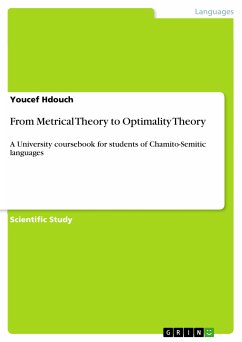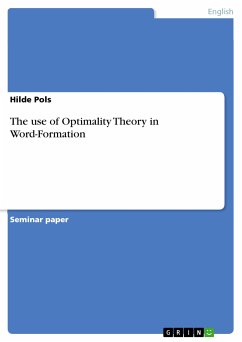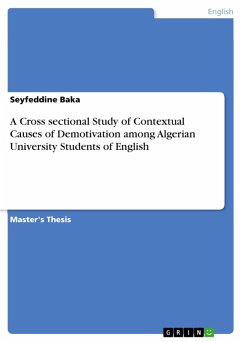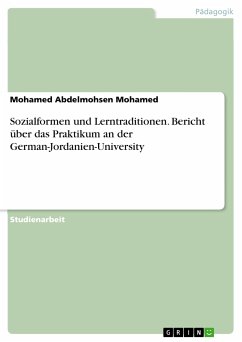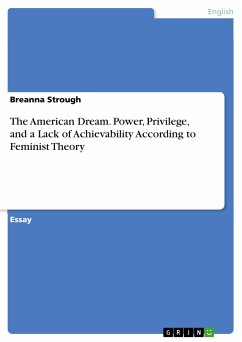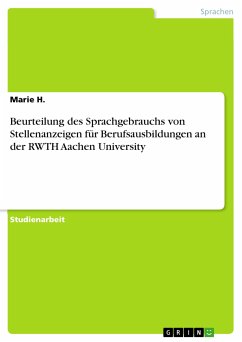Scientific Study from the year 2016 in the subject Speech Science / Linguistics, , course: Prosodic phonology, language: English, abstract: The main objective of this book is to account for some aspects of the prosodic phonology of Ayt Wirra Tamazight Berber within the framework of Optimality Theory as conceived in Prince and Smolensky (1993) and McCarthy and Prince (1993a) and developed in the Correspondence model of McCarthy and Prince (1995, 1999) and other related works. In fact, one of the least studied linguistic phenomena in Berber phonology is stress. Apart from the impressionistic and linear treatments conducted by scholars who investigated the metrics of different varieties of Berber (cf. Laoust (1918 -1939), Apllegate (1958), Abdel-Massih (1968), Prasse (1972), Chami (1979), Bounfour (1985), etc.), recent studies of Berber phonology conducted within the non-linear metrical framework include Adnor (1995), Marouane (1997) and Faizi (2002). For this reason, the present book claims that the stress system and stress assignment are better understood as cases involving interaction between two types of conflicting universal constraints: markedness constraints and faithfulness constraints. The book provides a series of exercises that allows students not only to learn about phonology, but also to do phononological analysis.
Dieser Download kann aus rechtlichen Gründen nur mit Rechnungsadresse in A, B, BG, CY, CZ, D, DK, EW, E, FIN, F, GR, HR, H, IRL, I, LT, L, LR, M, NL, PL, P, R, S, SLO, SK ausgeliefert werden.

